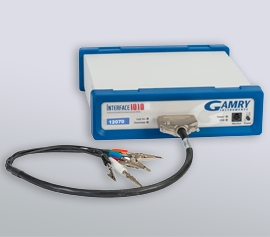POTENTIOSTAT - MULTI-CHANNEL SYSTEMS
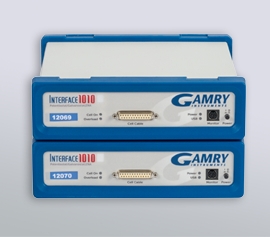
The Interface 1010 Bipotentiostat System from Gamry is compact, flexible, and inexpensive for all kinds of electrochemical measurements using two channels.
Each channel of the Interface 1010 bipotentiostat with its eleven current ranges including 10x / 100x gain record currents from 100 pA to 1 A at ± 12 V working electrode potential. The Interface 1010 Bipotentiostat is shipped including a special cable for synchronization. Since the systems are floating from protective ground, synchronous operation without mutual interference is possible.
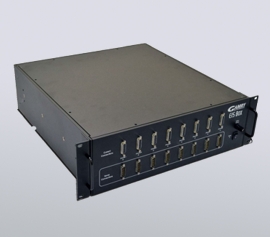
The Gamry EIS Box 1010 consists of an Interface 1010 base unit and an electrochemical multiplexer optimized for impedance spectroscopy (EIS) on batteries, fuel cells and super capacitors up to ±12 V.
With the EIS Box 1010, the detailed characterization of multiple batteries using the sophisticated method of electrochemical impedance spectroscopy (EIS) is intuitively possible and at the same time offers reliable results at high throughput. This efficiently accelerates tasks in quality assurance, material development and basic research of electrochemical energy storage devices.
SOFTWARE

Gamry has developed its own software for each important application in electrochemistry and offers a very simple and intuitive handling through open source scripting, flexible and uncomplicated, even the customized experiment as well as with other programming languages such as LabView, C++, etc.
In a Gamry system, the electrochemical experiment consists of two separate operations, each in its own software environment. The recording of the measured data is done with modifiable scripts programmed in "Explain" in the Gamry Framework and their evaluation with modifiable Microsoft Visual Basic for Applications (VBA) scripts in the Echem Analyst.
SPECTROELECTROCHEMISTRY
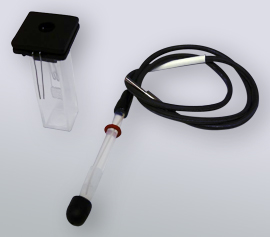
For synchronization of spectroscopic information with the electrochemical change of a redox pair Gamry offers the right system from UV to NIR
The Gamry spectroelectrochemical system is designed to combine electrochemical techniques with standard spectroscopic methods such as absorption, transmission, and fluorescence in the UV-VIS and VIS-NIR range. Both methods are synchronized either together in the Gamry Framework software or by spectrometer triggering in separate software environments for Gamry potentiostat and spectrometer.
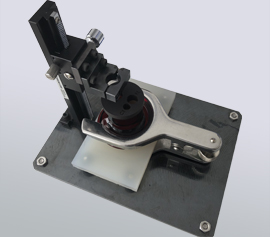
Synchronization of electrochemical changes of a redox reaction with complex scattered light spectroelectrochemistry or Raman spectroelectrochemistry
Raman spectroelectrochemistry combines the near-surface identification and interpretation of inelastic scattering by rotational, vibrational and phonon transitions with electrochemical redox reactions. These transitions can be triggered at the working electrode or molecules bound to it after excitation with a monochromatic light source of high power density (laser)
GAMRY ACCESSORIES FOR ELECTROCHEMISTRY
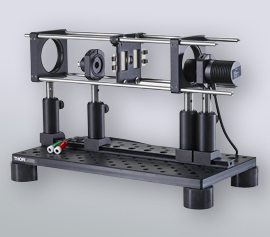
This experimental setup of a synchronized bipotentiostat and an optical bench is used for the detailed characterization of dye solar cells
For the characterization of Dye Sensitized Solar Cells (DSSC's) with the Dye Solar Cell Testing Kit (IMPS/IMVS) light from LEDs of discrete wavelengths (470 nm, 530 nm, 590 nm, 617 nm, 625 nm and 940 nm) is focused on the active area of the dye solar cell and the response to the irradiated light is measured. For electrochemical characterization, a bipotentiostatic setup is used in which one potentiostat drives the LED and a second potentiostat tracks the response by recording data...
